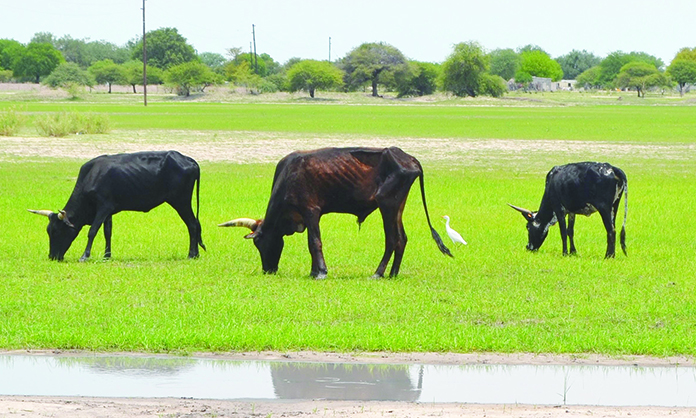A collaborative effort across southern Africa is making strides in understanding and protecting biodiversity, with Namibia leading the way in mapping its desert ecosystems and uncovering hundreds of unique species.
The ‘Building Biodiversity Knowledge for Action in Southern Africa’ project has seen the Namibia University of Science and Technology (Nust) develop a mapping of ecosystems in the Namib Desert.
This was revealed by the project’s coordinator, Tuhafeni Gottlieb, in Windhoek yesterday.
Gottlieb said the project falls under the Ministry of Environment, Forestry and Tourism, but is being implemented in collaboration with Nust, the National Museum of Namibia (NMN) and the National Botanical Research Institute (NBRI).
She said the objective of ecosystem mapping is to differentiate between climate, geomorphology, soil and vegetation types.
The NBRI, she said, has also identified species to be assessed by the project, including 373 endemic and 116 near endemic species.
Other achievements of the project are the updating of outdated International Union for the Conservation of Nature Red-Listed species by the NMN and the assessment of a few insect groups, as well as workshops on mapping and classification.
She said the project has also hired interns and a doctoral student for capacity building.
Gottlieb said the primary objective of the project is to strengthen the national knowledge bases on biodiversity and thus ensure that this knowledge informs land use planning and decision-making, assists with the development of environmental policy and strategies and provide a basis for future biodiversity monitoring.
The project started in July 2022 and will end in June 2027.
Stay informed with The Namibian – your source for credible journalism. Get in-depth reporting and opinions for
only N$85 a month. Invest in journalism, invest in democracy –
Subscribe Now!








